13th Age Character Creation, Building Backgrounds
Our weekly gaming group has successfully created characters for our new 13th Age game, and to say that I’m excited is an understatement. 13th Age, at the surface, seems like a pretty typical version of modern d20 (3rd and 4th editions of D&D) that’s chock full of house rules born from thousands of hours of gaming experience. I wanted to get into a few of the details of these character creation house rules.
Character Backgrounds
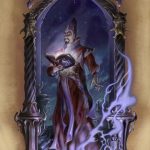 Like most parts of 13th Age, the character creation system is undeniably “Dungeons & Dragons”. The game doesn’t turn the formula on its ear; you’re still making classic choices by picking a class, race, and a suite of specialized abilities that will set your character apart from the next. However, the game bakes in a few narrative exercises into the character creation process that are clearly inspired by indie games.
Like most parts of 13th Age, the character creation system is undeniably “Dungeons & Dragons”. The game doesn’t turn the formula on its ear; you’re still making classic choices by picking a class, race, and a suite of specialized abilities that will set your character apart from the next. However, the game bakes in a few narrative exercises into the character creation process that are clearly inspired by indie games.
13th Age eschews a set comprehensive skill list and replaces it with the background system. This is easily my favorite part of 13th Age. When your character attempts to accomplish a goal using a “skill test” you follow the usual d20 procedure: roll a d20, add the modifier of the relevant stat, and compare the result to a target number that’s determined by following simple guidelines from the rule book. In post-3.0 editions of D&D, you would also invest some sort of training in a preset list of skills that would also add to your roll. The lists were sometimes huge, the rules for these individual skills were often cumbersome, and honestly, I’ve never been a huge fan of the complexity.
Thankfully, 13th Age takes a different approach that is both easier and a narrative dynamo. At creation your character has eight background points to spend. You write backgrounds that are as vague, specific, elaborate, or simple as you wish, and spend points to assign them a bonus between +1 and +5. A general purpose background of “bounty hunter +3” is perfectly acceptable as is “scout for the Deathless Eyes mercenary company +3”. Whenever a background can narratively apply to a skill test, you add the value of the background to the d20 roll. As long as it makes sense to the story, a wizard with the background “Instructor at the Imperial Mage Academy +5” could apply the +5 bonus to deciphering magic runes in a dungeon, teaching kobolds how to read, or calling in favors from other Imperial wizards.
It’s a system that’s simple enough to be taught in moments, accomplishes everything a preset skill list does, and generates story all at the same time. My players loved the power they held in their backgrounds. “Insatiable treasure-hunter” made it onto a character sheet, as did “trench fighter” and “Swiss-Army Hand”. (Seriously, she’s a golem.) That does a whole lot more than Stealth +2 and Perception +4 did. I adore the background system and hope that other games steal it.
Your One Unique Thing
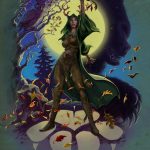
Every character also has their One Unique Thing. It’s self explanatory: an element of their character that no one else in the setting has. The rules are very clear: One Unique Things are intended to have sway over the setting. One of my players has a character that is the “last scion of the Dragon Emperor”, and I’ll be damned if that’s not the truth. Thankfully the rules provide plenty of guidance on how the One Unique Thing can be used to flesh out the setting, put a down paymnet on future plot twists, or make the character the most special of snowflakes.
The best way I’ve heard it described so far is by my friend: “This looks like it tells GMs do what good GMs should do.” It’s not ground breaking, but it’s an important and fun part of the system. While I realize that the concept of the “one unique thing” is very simple and doesn’t require mechanics, I would have appreciated something akin to a background or a reward system behind the concept to promote creating Unique Things that are active in some way.
Ready for Run
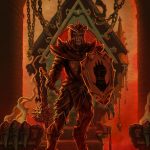 Our first session is this upcoming Wednesday and I’ve already had a blast prepping for the first session. I’m relieved that the “house rules” that make 13th Age a great edition of d20 also extend to GM prep. I’m allowed to focus on what’s interesting and not give a shit about the rest. I’ve already gushed to my players about my freedom of map design: the lack of tactical fights allows me to design the undead filled crypt they’re going to explore any way I wish. But that’s a post for another time.
Our first session is this upcoming Wednesday and I’ve already had a blast prepping for the first session. I’m relieved that the “house rules” that make 13th Age a great edition of d20 also extend to GM prep. I’m allowed to focus on what’s interesting and not give a shit about the rest. I’ve already gushed to my players about my freedom of map design: the lack of tactical fights allows me to design the undead filled crypt they’re going to explore any way I wish. But that’s a post for another time.
After character creation, I can safely say that those picking up 13th Age aren’t going to find a rule book that revolutionized the Dungeons & Dragons experience. However, the tweaks and new elements within are amazing house rules that will, hopefully, deliver a refreshingly easy and interesting game. I look forward to writing more about the game system as it unfolds at the table!

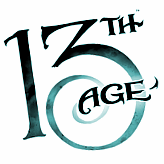
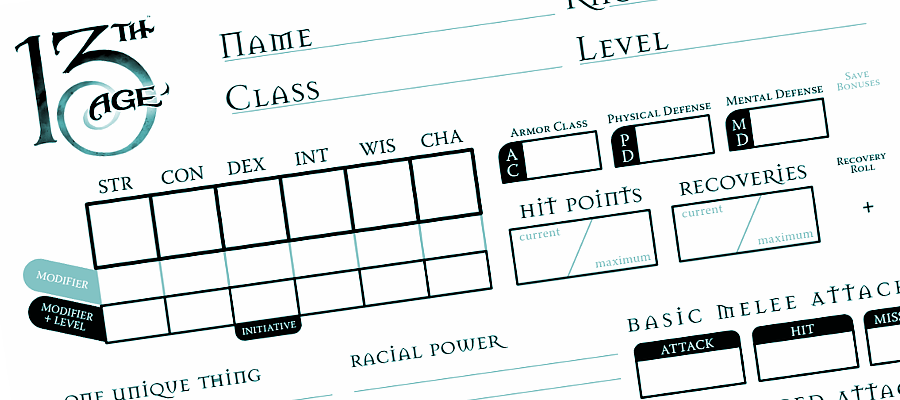


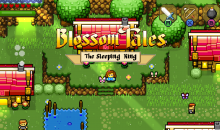


Love the Backgrounds myself, the way they encourage players to give you more than enough rope to hang them later in the game. And that goes double for the “One Unique Thing.” Two of my players have have the same unique thing – the fact that they’re playing twins (but don’t know it) is neither here nor there.
Pingback: Running 13th Age Demos at Norwescon | Dorkadia